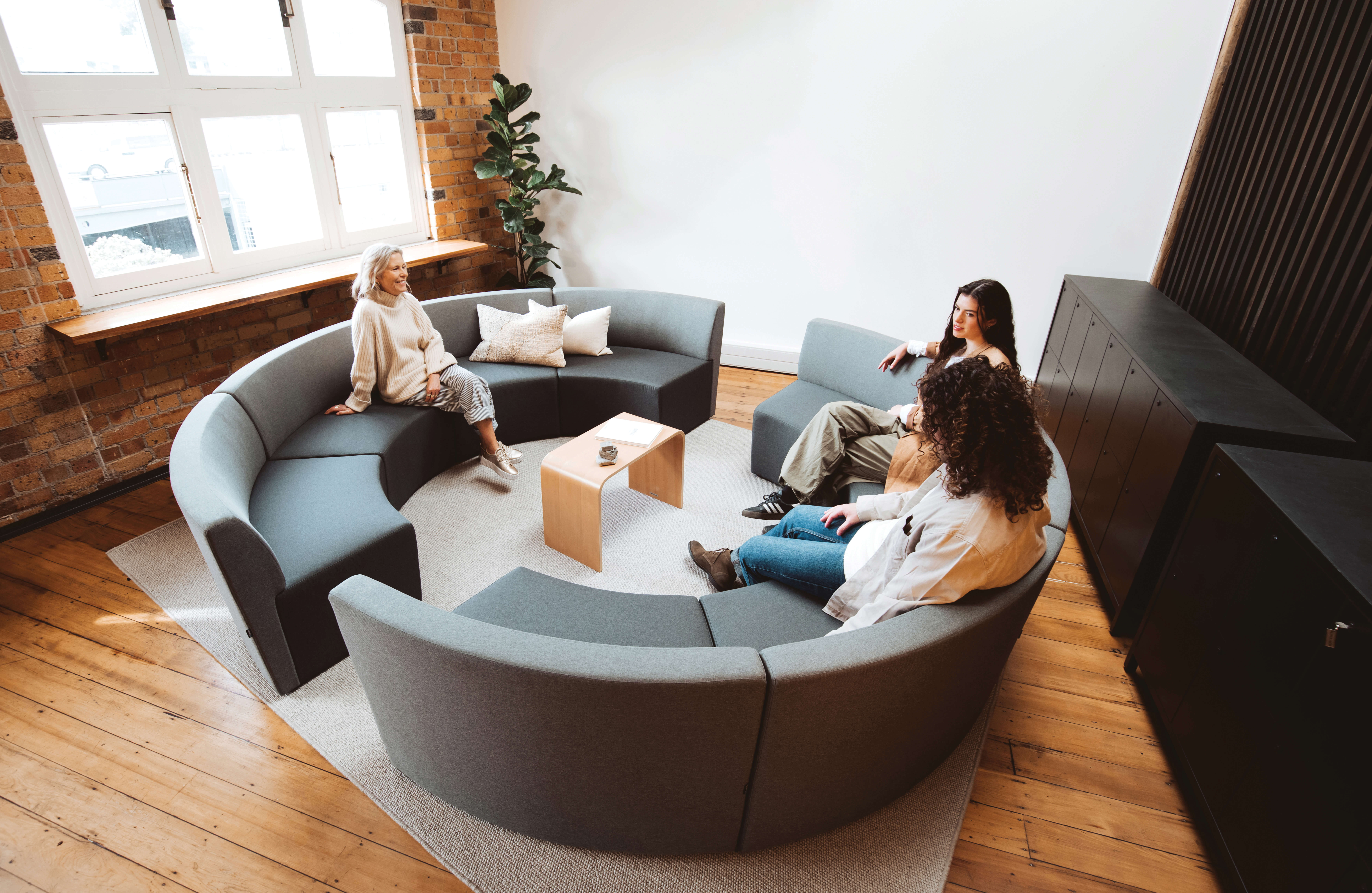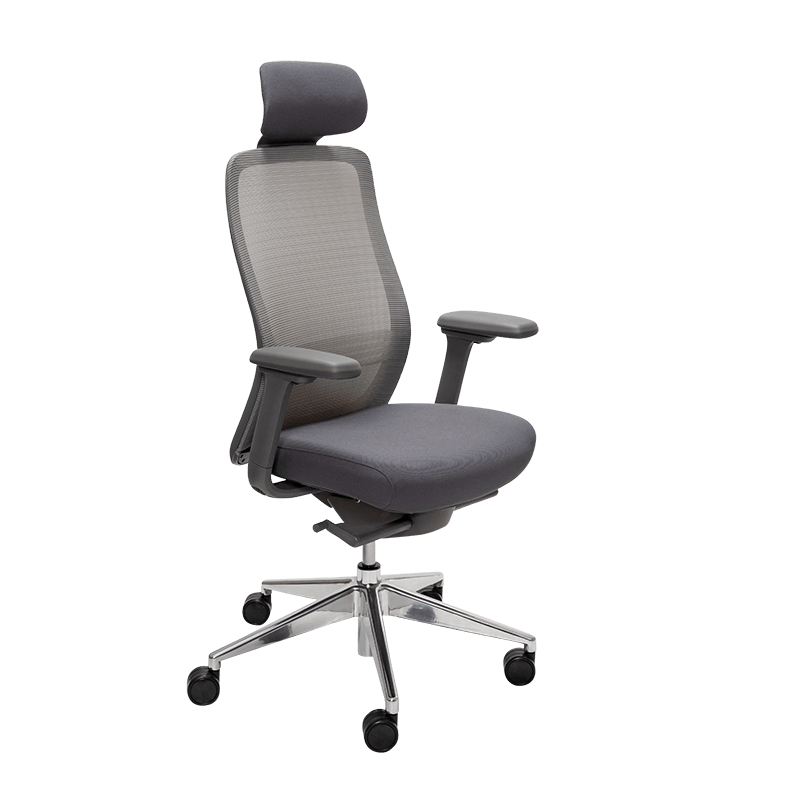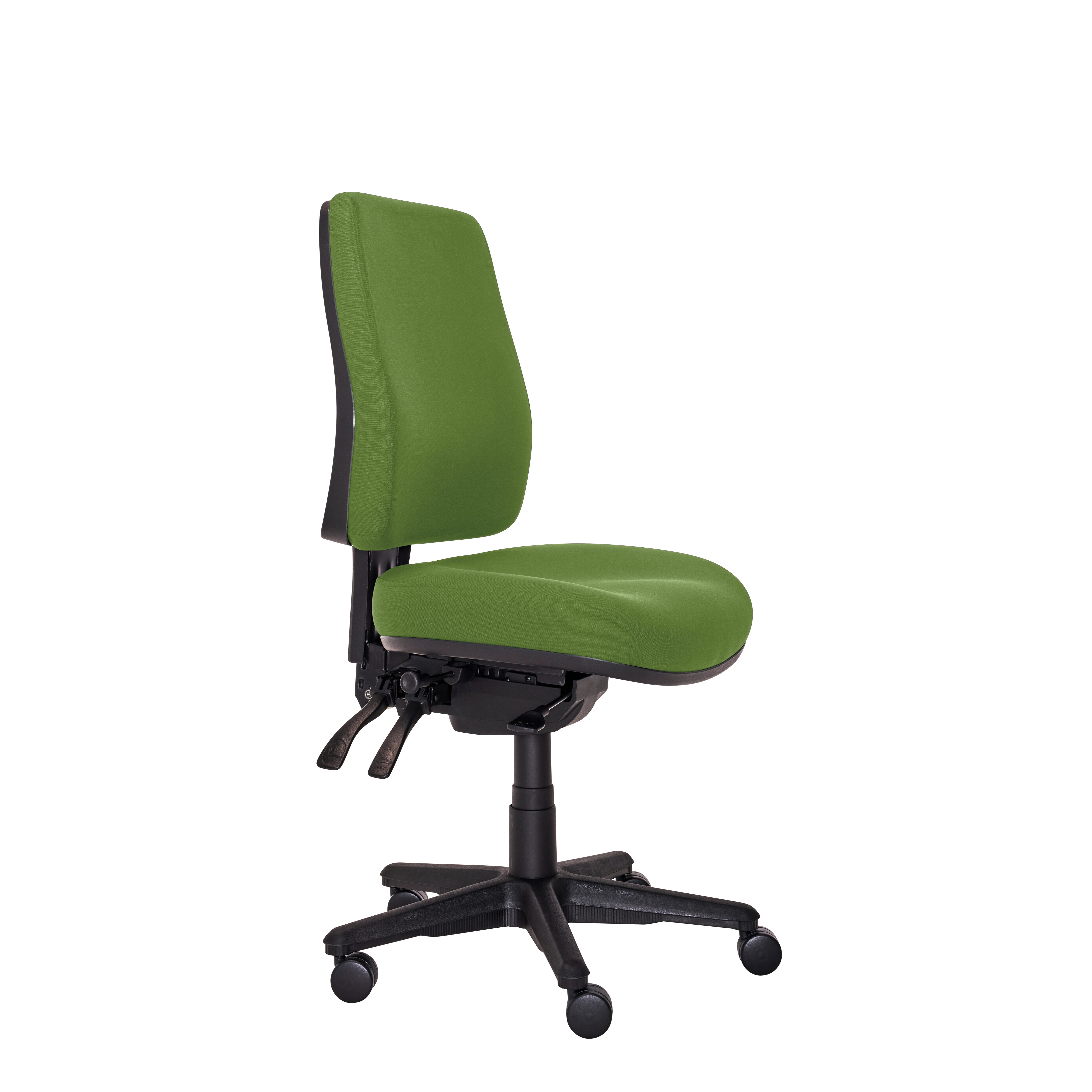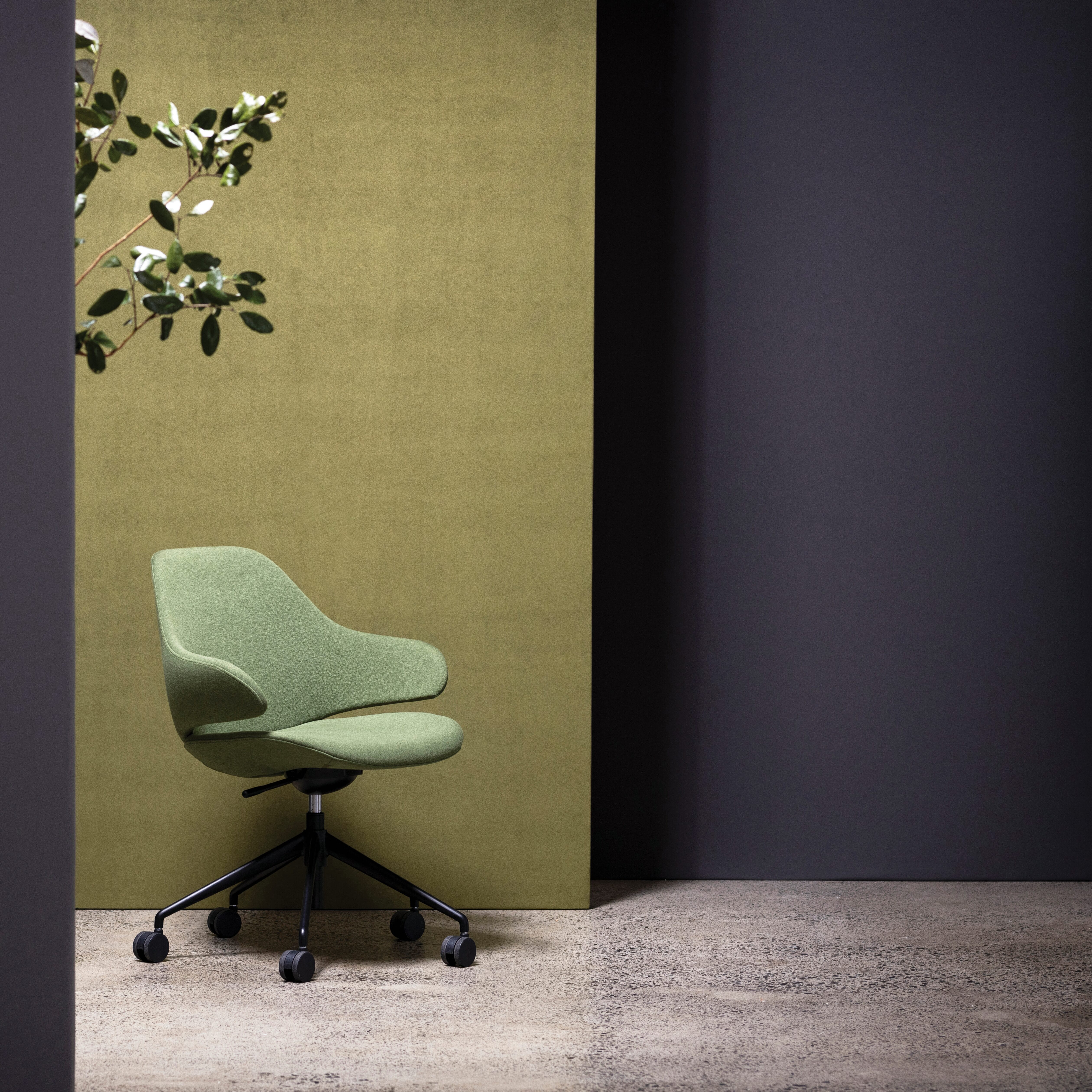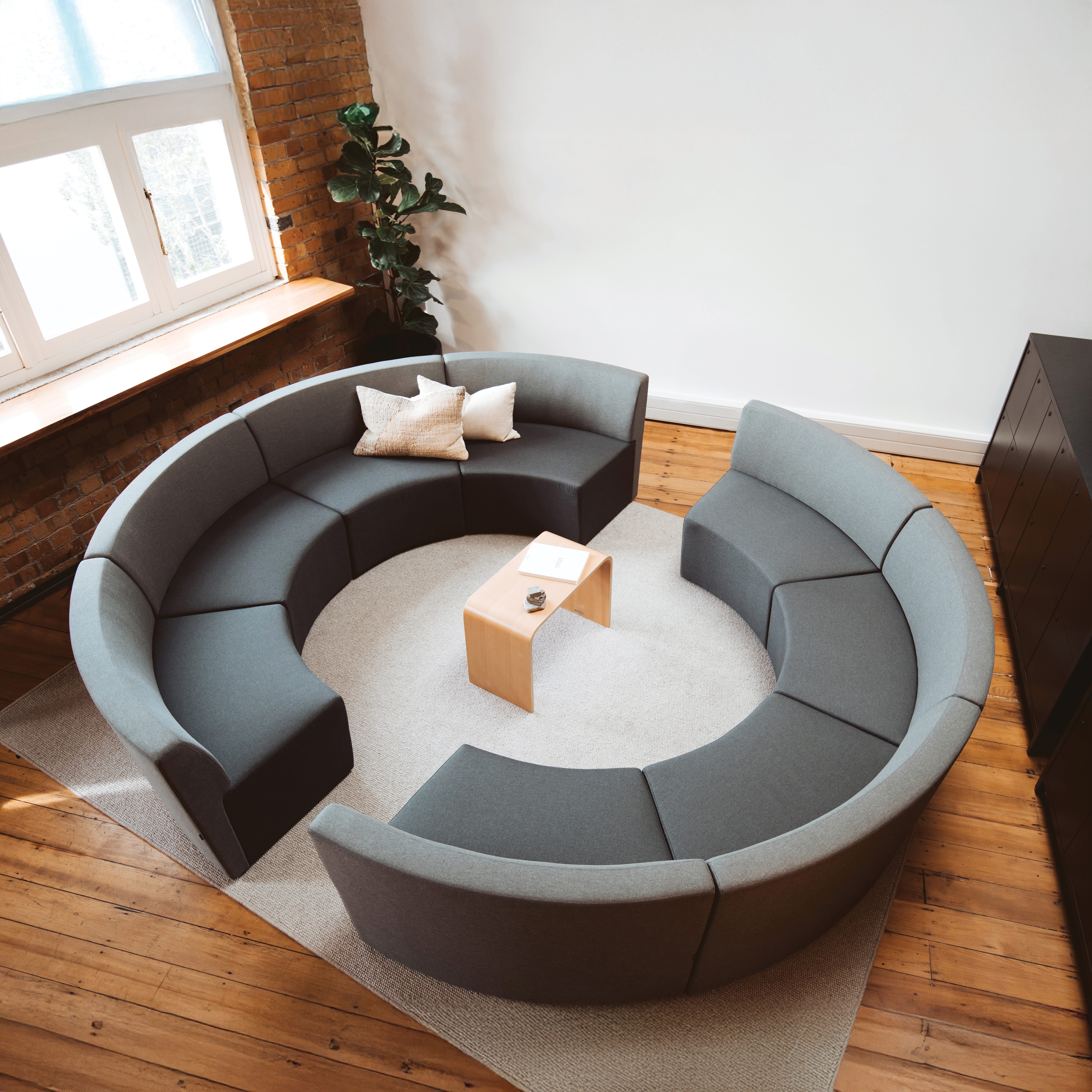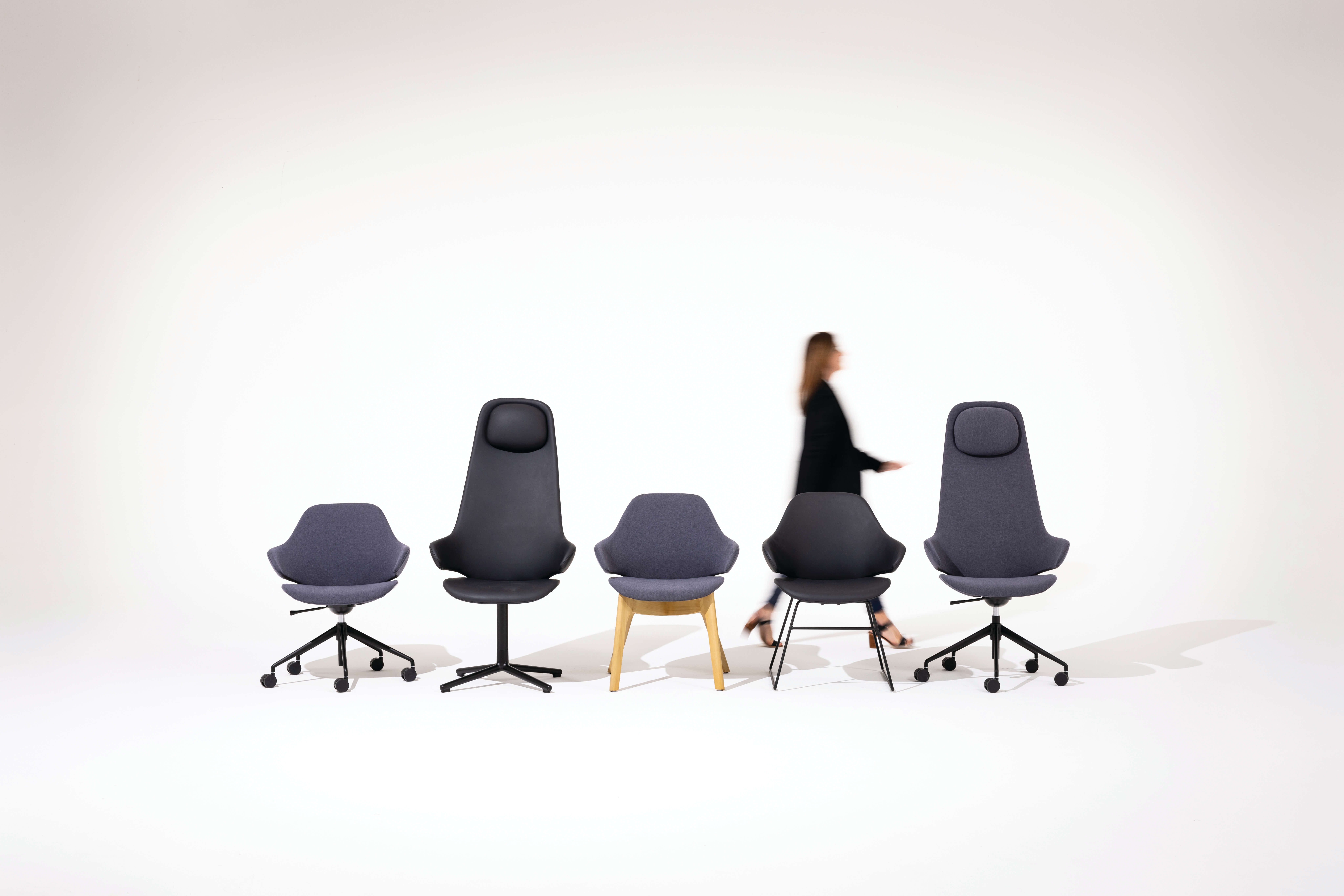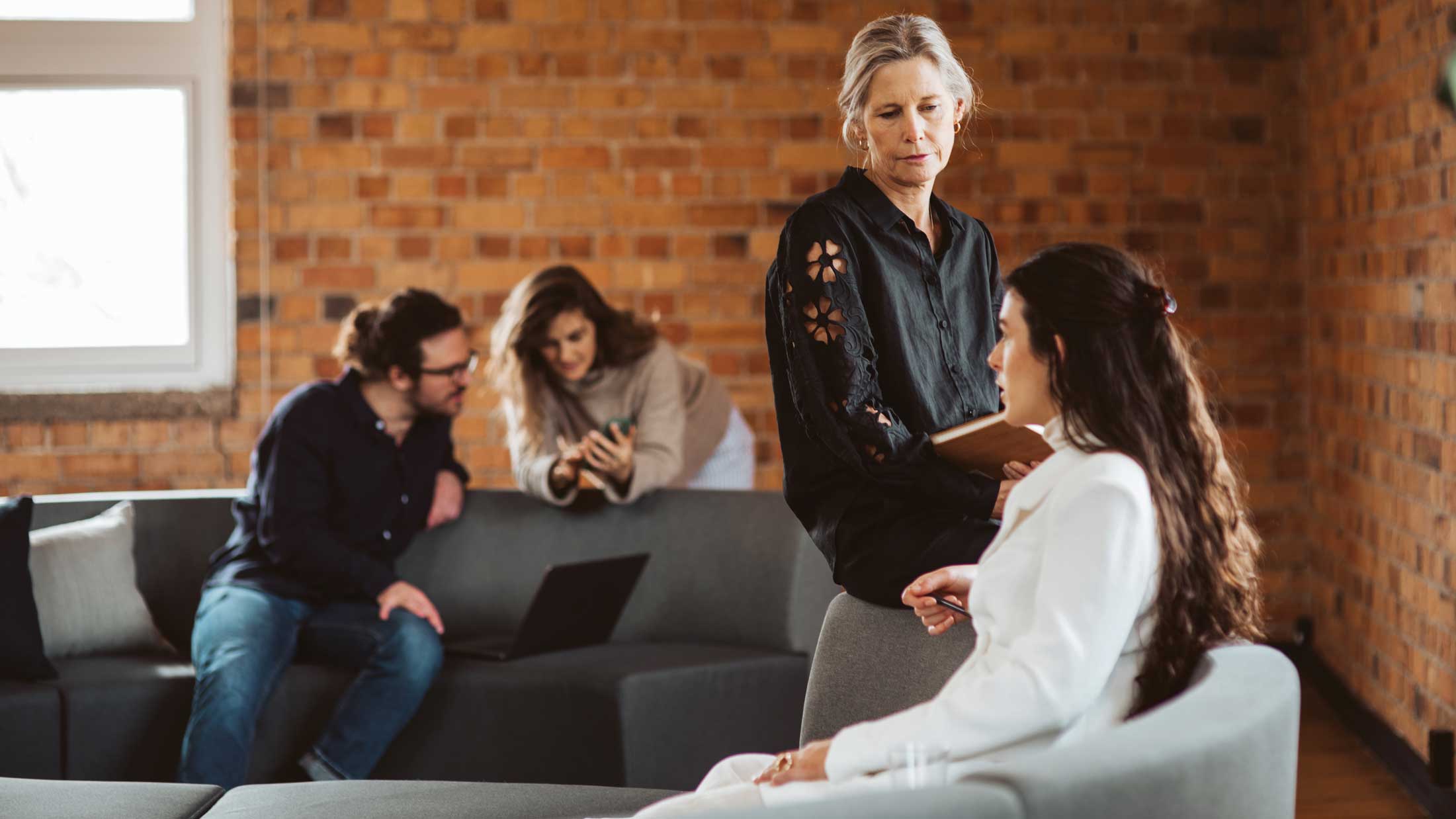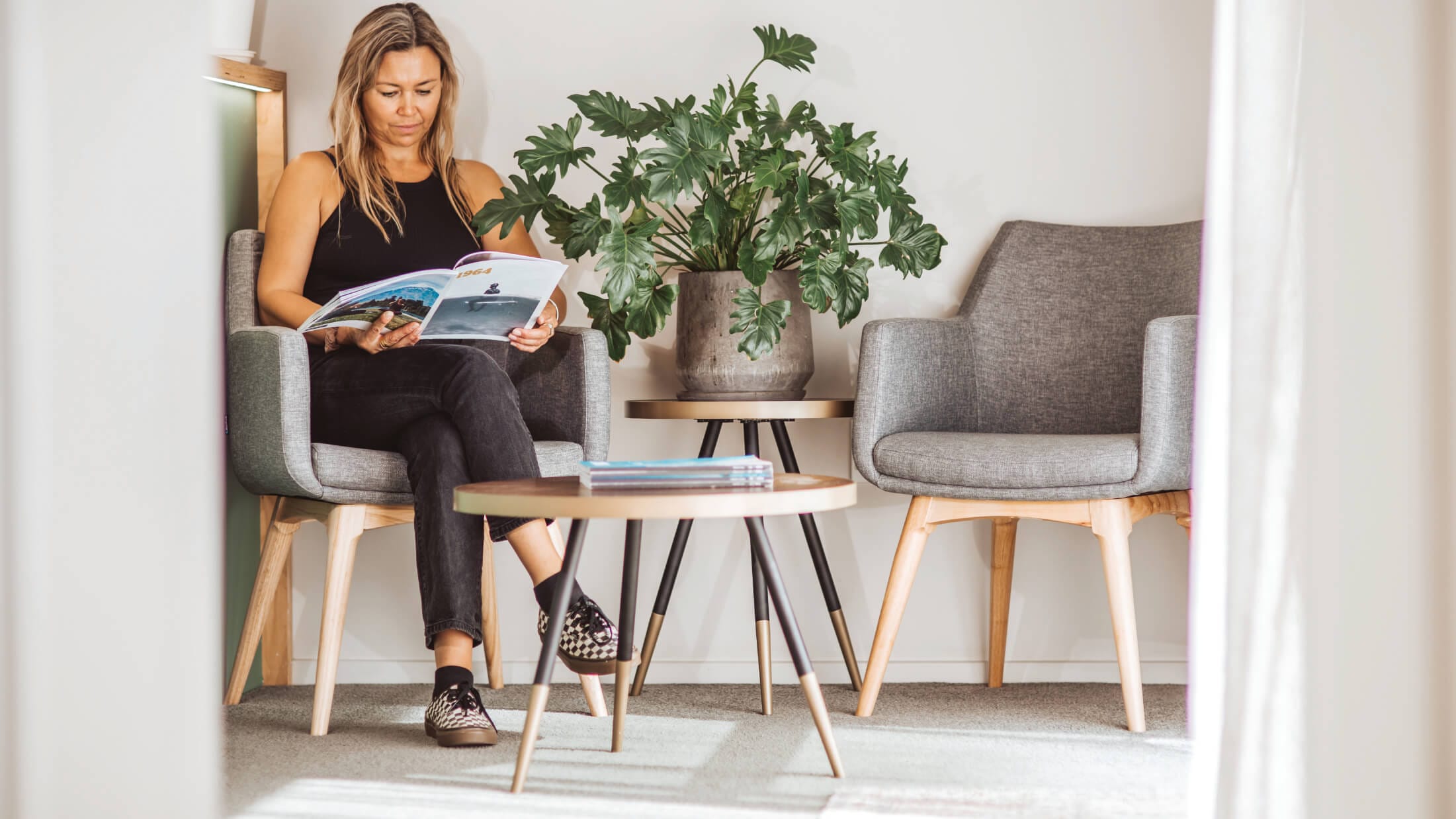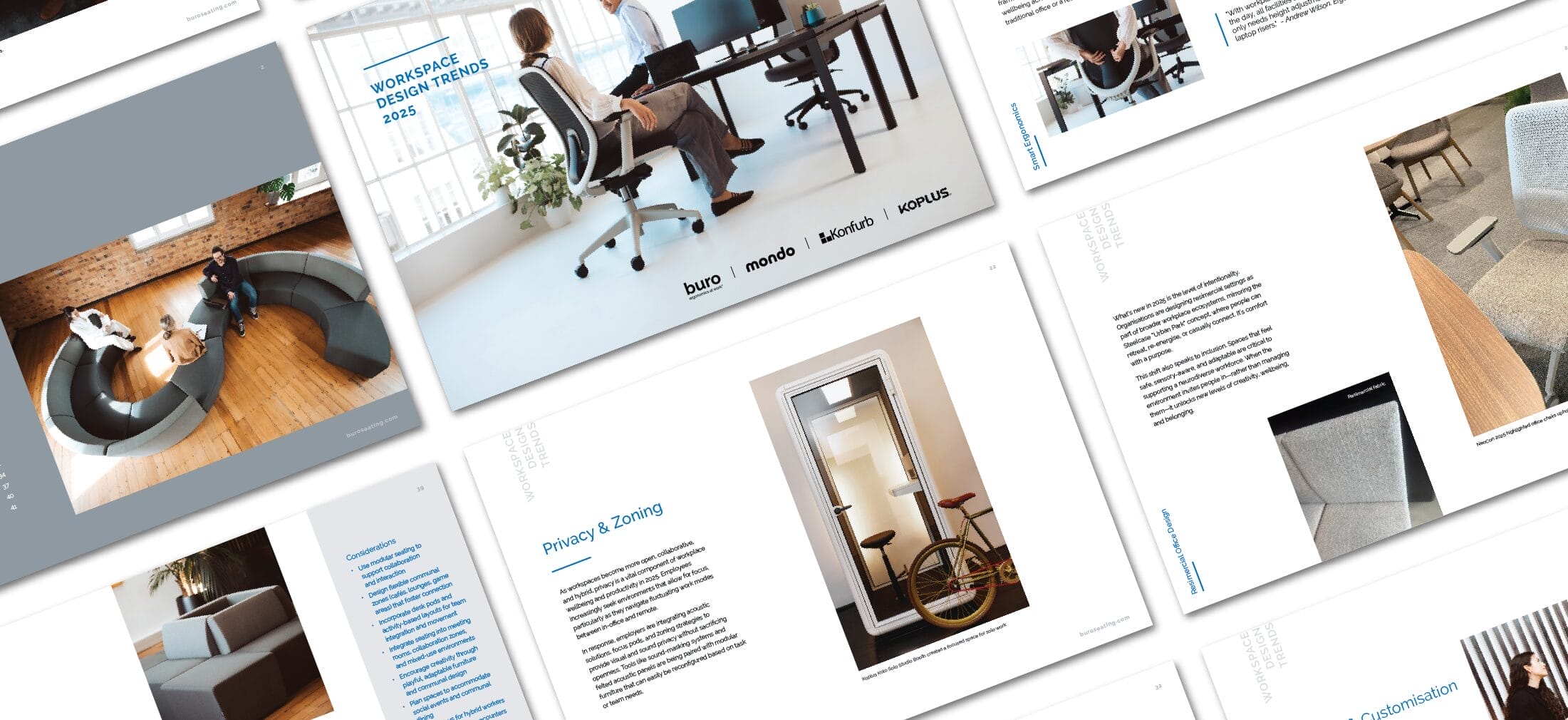While your staff might love the idea of hybrid (or flexible) work, for many leaders the concept is fraught. How do you keep teams connected when people are working from different locations? What happens to collaboration, culture, and performance when your office is only half full?
The truth is, hybrid work isn’t just about convenience or cutting the commute. Done well, it can improve focus, support wellbeing, and drive better business outcomes.
The question is: how do you get it right? How do you support your people and the bottom line?
We asked two experts who know what it takes: Gillian Brookes, a flexible work strategist who helps organisations set up smarter ways of working across New Zealand. And Harry Healy, a workplace designer and co-founder of Textile Lofts, a boutique co-working space in Auckland that promotes connection, creativity, and comfort.

Gillian Brookes, Flexible Work Specialist.

Harry Healy, Co-Founder of Textile Lofts.
Hybrid work isn’t new, but it has evolved
Flexible work has been around for decades, but it took a global pandemic to push the hybrid model into the spotlight. As Gillian Brookes puts it, “In this post-COVID life, hybrid work isn’t going away.”
What began as a short-term fix has become a long-term shift, ending up where we are today: a working world where flexibility is the norm.
Harry Healy adds, “People don’t necessarily want to work from home every day, but they also don’t want to be tied to a traditional office. That’s where co-working spaces come in.”
So, what makes hybrid work…work?
The biggest misconception is that hybrid work is all about flexibility. According to Gillian, coordination is just as important.
“We need to be clear about what the right work is to do from where, with whom, and when,” says Gillian.
When day-to-day decisions are left entirely to the individual, organisations miss opportunities to build culture, drive innovation, and collaborate meaningfully.
Gillian encourages leaders to move from being ‘pro-flex’—saying yes to everything—to becoming ‘flexperts’ who are intentional about how flexible work is implemented. Her book, Flexperts, includes tools to help leaders put flexible work into practice.
Harry has a good understanding of what people and businesses want when they’re not in a traditional office.
“For companies, co-working offers balance and structure. It lets them give their team flexibility without losing their culture.”
At an individual level, part of the appeal is creating a space that “feels more like a lifestyle than an office. It’s curated, has good vibes, and offers a premium experience.”
Designing the right environment for different types of work
Gillian says that “the traditional office needs to evolve to support two very different styles of work”.
One should mimic the ideal work-from-home conditions—quiet, focused, distraction-free. The other needs to foster collaboration. But these spaces need to be physically separate. If they are too close, neither works well.
People need a variety of work environments in coworking spaces, too. That’s why Harry designs multiple zones—quiet, social, and collaborative — which let people work in their preferred environment and move around if they wish.
“Some members return to the same spot every day, usually to more focused desk areas. Others shift depending on the task: taking calls, meeting a client, or catching up on emails.”
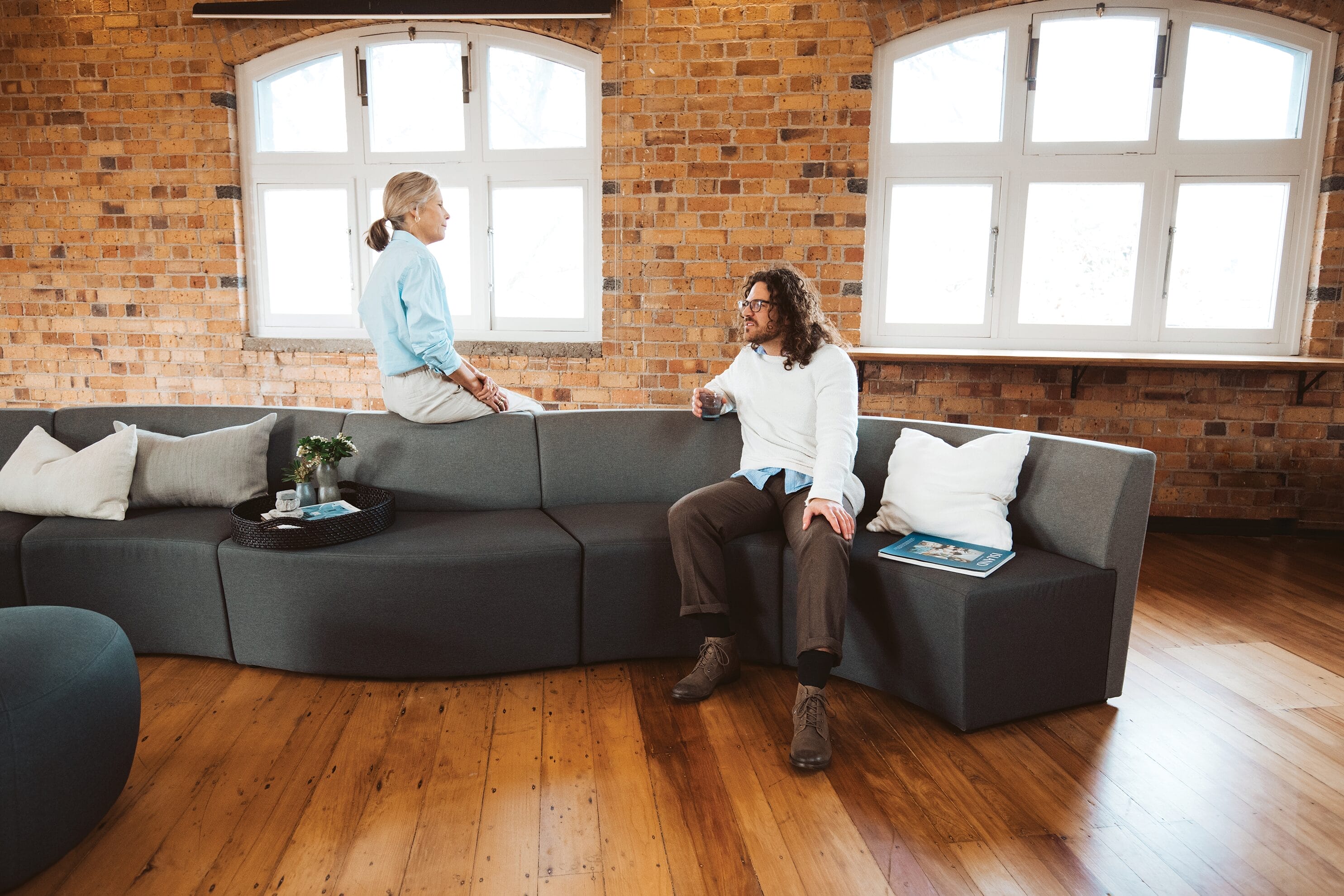
For focused work
- Konfurb Luna promotes concentration and posture during independent work.
- The Buro Roma range is for anyone whose top consideration is all-day comfort.
- The Buro Elan is where refined design meets ergonomic intelligence.
For collaboration and connection
- The Konfurb Orbit Series encourages relaxed interaction, a great choice for collaborative and lounge seating.
- The Konfurb Arco Series offers flexible, modular seating that adapts effortlessly to collaborative zones, quiet spaces and changing layouts.
- Koplus Kolo Duo Meeting Booth fits up to four people, which is excellent for impromptu meetings and deep discussions.
The home office matters more than you think
If hybrid work is here to stay, so is the home office.
“If working from home is a requirement,” says Gillian, “you need to consider providing some financial support and good design. Because if it’s a workplace, then it falls under the health and safety legislation.”
She encourages businesses to think about how they can support the physical and mental health of remote workers.
“If you’re saving on office space, it makes sense to reinvest some of that into your people’s home set-ups.”
Don’t have a spare room or quiet space for a productive home office? “Co-working is a middle ground,” says Harry. “A professional space without the pressure of a long-term lease.”
Furniture that supports how people work
Both experts agree: the way your office is set up influences how people feel throughout the day. Whether you’re in the office, at home, or in a co-working space, your furniture needs to support you across a range of tasks.
Gillian emphasises the importance of ergonomic seating that supports posture during focus time, soft seating that invites informal conversation, and flexible furniture so people can easily shift between solo and communal work.
Harry takes a similar approach at Textile Lofts. “We mix ergonomic desks with casual seating to give people options. It’s about balancing quiet spaces with shared areas that spark conversation.”
Buro offers a range of ergonomic chairs and versatile furniture solutions designed to support exactly this kind of flexibility, helping people move comfortably between focus, collaboration, and rest throughout the day.

Time to reconnect
One of the biggest risks of hybrid work? Disconnection. When people are in and out of the office on different days, it’s harder to catch up and connect.
Gillian’s Me and We tool is a great way to bridge this divide. It offers a framework to help organisations balance individual employee needs (‘me’) with collective goals (‘we’). It provides a structured way to have honest discussions around flexible work, expectations, and boundaries, leading to work arrangements that are both sustainable for individuals and beneficial for the business.
“It resonates with people and enables powerful conversations to help overcome this problem of disconnected teams,” Gillian explains.
Harry also sees the importance of connection and weaves it into the Textile Lofts culture.
“We host events that bring people together, whether it’s morning teas, wellness sessions, or after-work drinks. It helps people connect, reset, and feel part of something bigger than just a place to work.”
Need help designing a hybrid-friendly office?
Buro works with organisations across New Zealand and Australia to find seating solutions that support your business and your people. Talk to our team about how we can support your hybrid workspace.
Keep an eye out for part two of our chat with our two experts, all about the future of hybrid workspaces.

